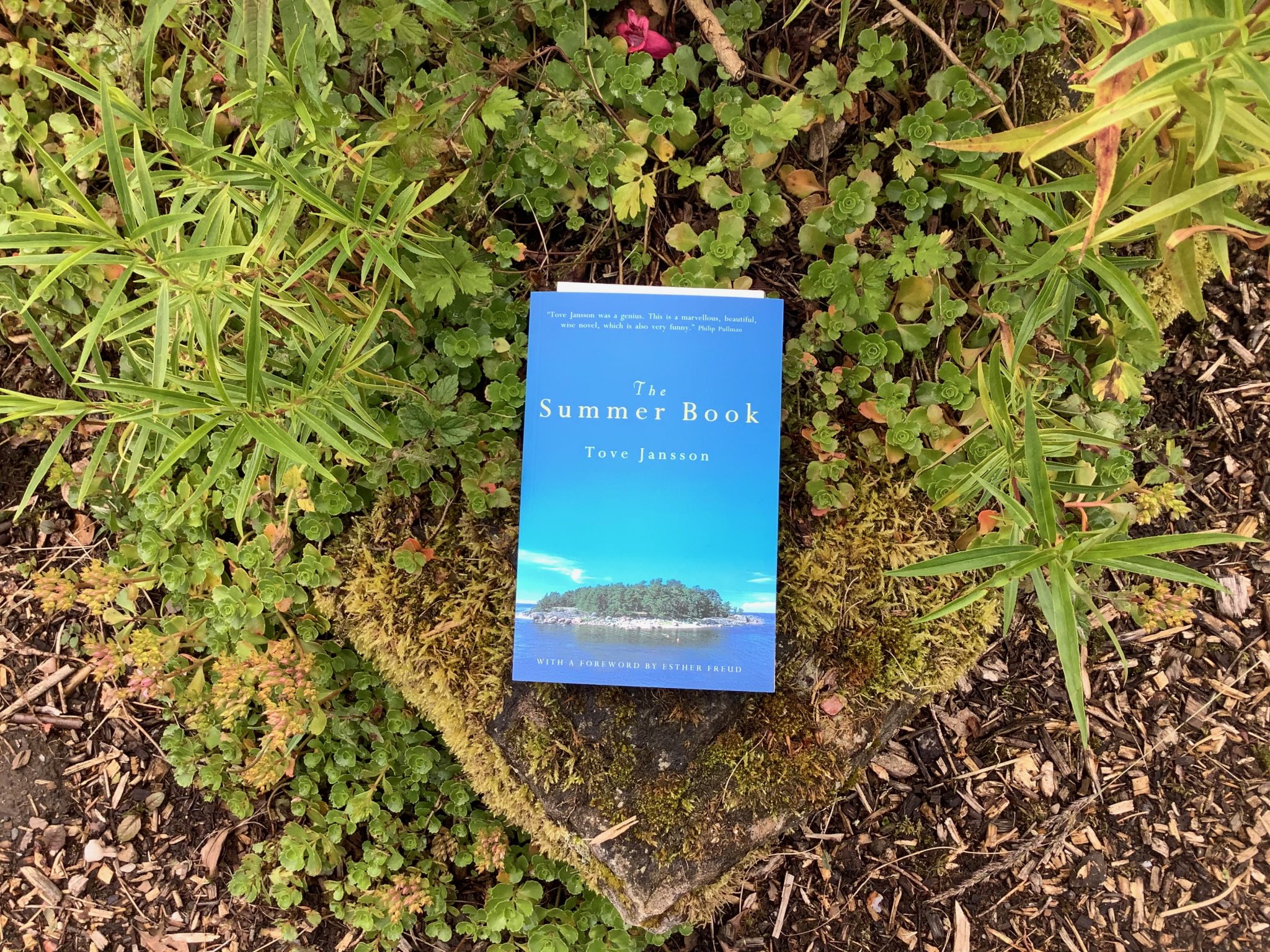

The writing is vividly descriptive and yet simultaneously sparse.

There’s no readily-discernible plot arc, few supporting characters, almost nothing by way of props. It’s an elusive, self-effacting tale that’s been pared to the bone, occurring as a sequence of short episodes which seem, at first pass, to be almost randomly arranged.

Neither the child nor the old woman is inclined to suffer fools gladly, and the interaction between them is often flinty yet characterised by a deep, if sometimes reserved, respect. Sophia is ebullient, brash, still learning to find her own limits, while her grandmother is more reflective, struggling against her developing frailness, sometimes a little cantankerous. The Summer Book, which is set on and around the family’s island home in the gulf of Finland, centres on the relationship between Sophia, aged six*, and her paternal grandmother. And yet I felt compelled, a couple of years later, to read it again. In consequence, my first reading of this book left me vaguely disappointed. It would be incorrect to say The Summer Book has the same magic as the Moomin books. My first encounter with the book would have been, I think, in 1981 at the time I was looking for something with the same magic as Jansson’s Moomin novels, the last of which ( Sent i november / Moominvalley in November) appeared just a year before Sommarboken / The Summer Book (published, in the original Swedish, in 1972 in English translation by Thomas Teal, in 1974). I reread The Summer Book every few years.


 0 kommentar(er)
0 kommentar(er)
